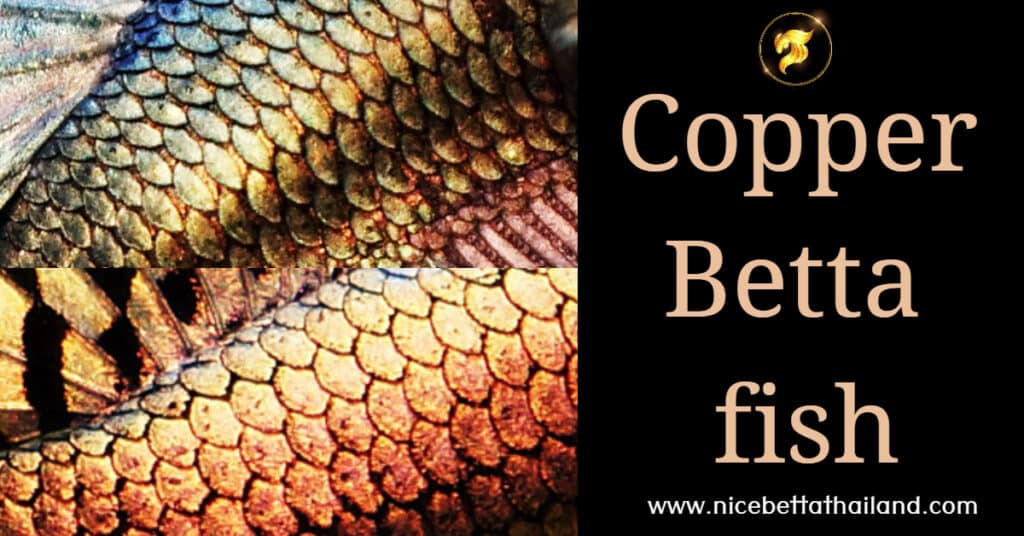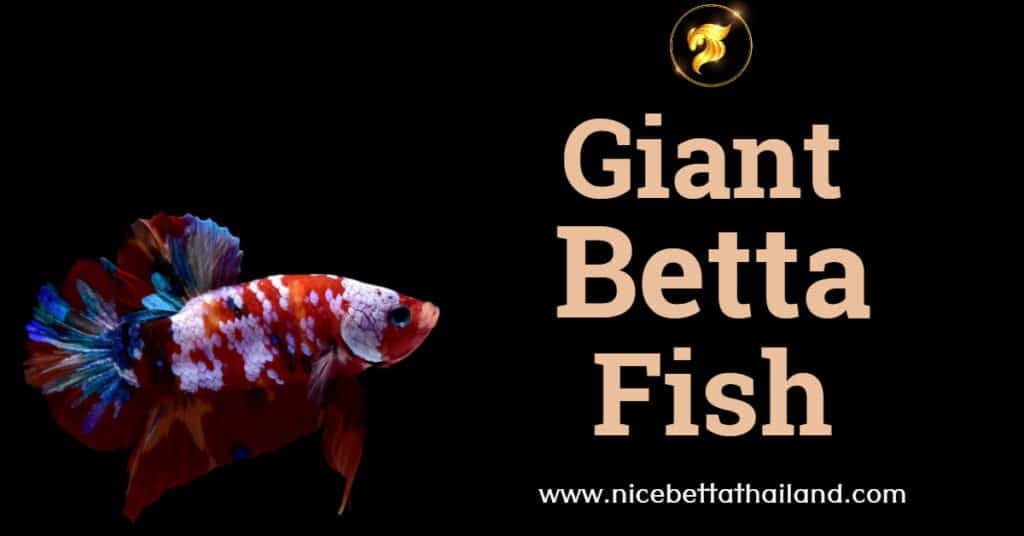You’ve carefully weighed your options and decided on a Betta fish as your new pet – great choice! As far as fish go, bettas are one of the more intelligent species; they’ve been shown to recognize their owner and can even be taught to do tricks like pushing a ball through a ring with their noses. They’re also quite beautiful to look at with with their big, fluttering fins and brilliant coloring.
Basic betta care for beginner
These fish need just as much care, and in some cases even more, than their warm-blooded counterparts. Below, we’ll cover all of the pet care basics that new and prospective betta owners need to know.
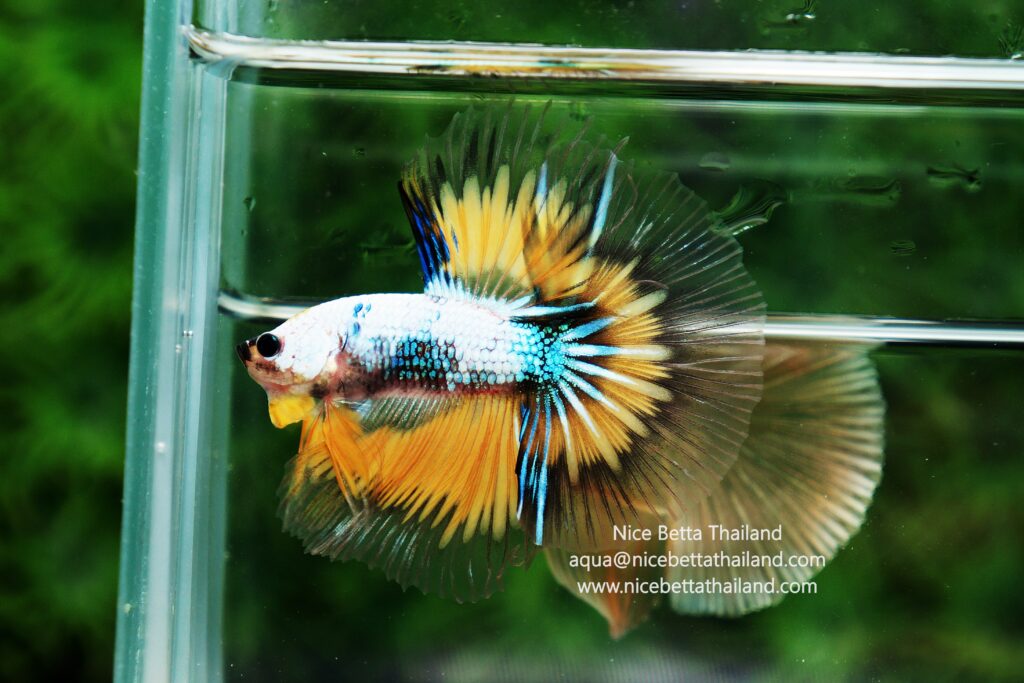
Building Your New Betta’s Home
Before running out to the pet store and picking out your new fish, it’s important to have everything you need. Talk to the fish specialist at the pet store about their recommendations. Here are the supplies and equipment you’ll need in order to own a bettas:
- A five-gallon (or larger) fish bowl, tank or aquarium. A betta fish can live in a bowl as small as one gallon, but it is not recommended.
- Food in the form of pellets and insects.
- A thermometer to read the water temperature.
- These aren’t necessary, but you can purchase decorations (including live and artificial plants or floating driftwood pieces) or store-bought tank accessories for your betta’s bowl.
Bettas are a rare type of fish (called labyrinth fish) that have the ability to absorb oxygen from air as well as through their gills when in water. This is why betta fish have a higher tolerance for poor water quality and don’t necessarily need water filters or aerators. That said, a betta fish bowl still needs to be cleaned and its water changed regularly to keep it happy and healthy. With proper care, your pet betta fish can live anywhere between two and four years, sometimes even longer.

Setting Up a New Betta Bowl
First, rinse your decorations with warm water to remove any impurities. Then place your decorations into the bowl and set up any filter equipment that you want to include inside the bowl or tank. Bettas thrive in water temperature that’s between 77 and 86 degrees Fahrenheit and small fishbowls cannot support heaters. It’s extremely important that you don’t place the bowl near air conditioners, vents, direct sunlight or anywhere else that could affect the water temperature or quality.
Once you’ve got the furnishings in place, fill the bowl with bottled, filtered water or with water specifically labeled for bettas. Do not use tap water when changing your betta’s water or setting up its bowl, as it has harmful trace elements like chloramine, chlorine and heavy metals that can kill your fish. If tap water is your only available option, use it after pretreating it with Novaqua plus Amquel (to remove chlorine) plus aquarium salt (never table salt). Ask an expert at your local pet store for the right products to safely treat tap water (called conditioning) before attempting to treat your water at home.
Fish are highly sensitive to fluctuating water conditions, so you’ll need to acclimate your betta to its new home by putting it into a separate container (like a big glass) along with half the water that came with it from the pet store. Let the fish and water stand for about half an hour or until the temperature of the store water is equal to the water in the fishbowl. Then, add an equal amount of water from the fishbowl into the container with the fish, letting stand for about 20 minutes as the fish adjusts to change. Once the fish has adjusted, use a small fish net to remove the betta from the container and place it in the fishbowl. Keep the bowl and any containers your betta will be in covered with a lid that has hole in it for airflow, as betta fish can jump.
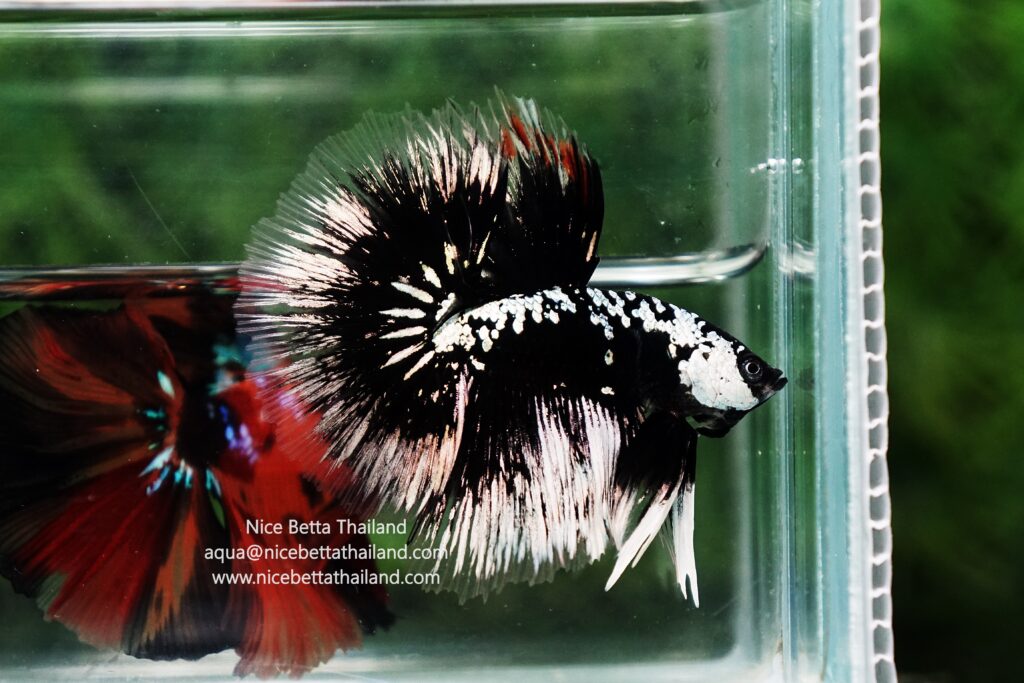
Water Changes and Full Cleaning
Never change the water in your betta’s tank all at once, as sudden fluctuations could end up being fatal. Instead, replace your betta’s water in 20-25 percent portions, preparing a few gallons of water ahead of time to cut down on your wait time. Water changes for betta bowls that don’t have filtration units should be done weekly while those with units can be done every two weeks.
When it’s time for full cleaning, pour about 50 percent of the water from the fish bowl into a clean bucket, being careful not to stir up the gravel or waste that’s accumulated at the bottom of the bowl. Remove the fish with a net and place it, along with all bowl decorations, into the bucket. Use a clean paper towel to scrub the inside of the bowl and rinse it well with tap water (do not use soap), then clean all decorations, remove dead or rotting plant leaves and rinse the gravel in the bowl with tap water.
Once the bowl is clean, pour the old water with your fish in it from the bucket into the bowl and top it off with pretreated tap water or bottled drinking water that’s been left out to reach the right temperature. Let’s see How to clean a betta fish tank in 12 steps
Betta Feeding Basics
Despite the popular misconception that they like to nibble aquatic plant roots, wild betta fish are insectivores and don’t eat plants. Your pet betta fish should be fed pellet fish food made specifically for bettas, about two to six pellets per day. Bettas also enjoy eating freeze-dried brine shrimp, bloodworms and black worms, but these treats should be limited to just once per week.
More fish die from overfeeding than from starvation and bettas are no exception. As a rule of thumb, feed your betta only as much as it will eat in two minutes. For insects and worms, you have the option of feeding them to your fish live or dead, but if you feed them live worms you’ll need to rinse them off first. If you use gravel in your betta’s fish bowl, steer clear of feeding your fish live food as it can hide in the gravel.
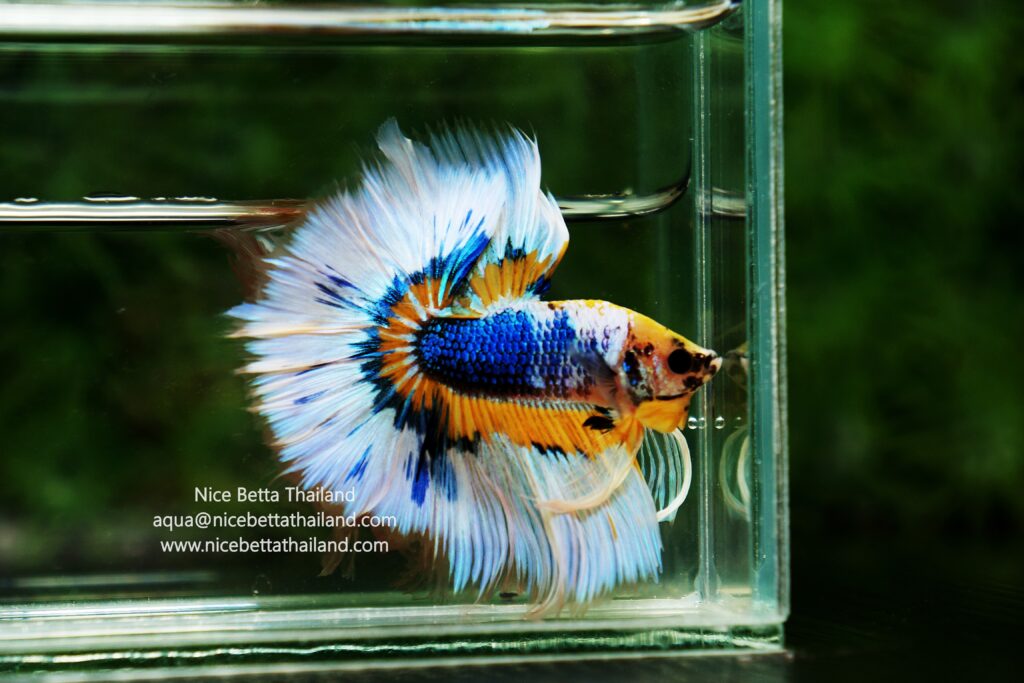
Finding the Right Tank Mates for Your Betta
Siamese fighting fish have the nickname of Siamese or Japanese fighting fish because they’re extremely aggressive and tend not to do well together. Never put two male bettas in the same tank together or you run a very high risk of one killing the other. In larger tanks, it’s possible to keep more than one female betta together, but even female bettas have been known to attack each other.
Goldfish generally cannot live with betta fish several reasons. Betta fish are tropical fish and need water of at least 76 degrees Fahrenheit, while goldfish prefer cooler waters and can even live in icy water. Additionally, bettas are insectivores while goldfish are omnivores, and goldfish tend to be bad fin-nippers, which won’t go over well with the betta, which will bite back at a nippy fish. Bettas also do not do well with bigger or more colorful fish, as they’ll become intimidated and aggressive.
Here’s a list of fish and other aquatic creatures that do make good tank mates for bettas:
- Catfish: including bristlenose plecos, cory catfish (corydoras), Pygmy corydoras and glass catfish. Glass catfish do best in small groups, while bristlenose plecos can grow to be large and may require a tank upgrade at some point.
- Neon and Ember tetras: small schools of tetras can do well with bettas, but can also be fin-nippers and should be watched.
- Blue gouramis: have similar care requirements and tank conditions to the betta, but require tanks around 20-gallons in size.
- Khulii Loaches
- Ghost shrimp: be sure to choose large ones or select between eight and ten to put in with your betta so they don’t get eaten.
- African dwarf frogs: some of the best tank mates for bettas, just make sure the betta doesn’t eat all the frog’s food.
- Guppies: can make good tank mates, but there may be a few territorial fights until dominance is established. Try to pick common guppies instead of the fancy colorful ones. Competing colors induce more fighting.
Take care Betta fish summary
Betta fish are beautiful fish that are easy to raise, but they require proper care to be healthy and live long. They should be raised in a 2.5–5 gallon aquarium with a heater that controls the temperature between 24–30 degrees Celsius. The water should be filtered or conditioned to a pH of around 6.5–7.5.
Feed pellets twice a day and can be supplemented with fresh food such as bloodworms or shrimp. Some of the water should be changed weekly to maintain cleanliness. Decorate the aquarium with plants or toys without sharp edges to give the fish a place to hide and reduce stress.
Male Betta fish are aggressive. They should be kept alone or selected as non-aggressive fish in the tank. Watch for abnormal symptoms such as lethargy, missing fins, or white spots for timely treatment. If well cared for, Betta fish can live up to 3–5 years.
Looking for Rare betta fish?
If this article How to Take Care of Betta Fish was useful to you You can leaving a 5-star reviews for It’s an encouragement. For us make encourage us in our research. Research information about betta fish for to present useful information further

Also we have group talk about betta fish for sale and share any new tip take care information on Web3 socialFi group

Right now we have betta fish doctor help every bettas lover by top breeder in Thailand to cure or share more tip on Animalverse social
If your bettas fish sick or need tip to treat help or join event prize with AVC Token
Let’s join the group many top breeder will help to answers in betta fish community
More tip :
15 Common Betta Fish Diseases Prevention and Treatment
How to Keep a Betta Fish Alive for 4 Years
All of Betta Fish A Guide on Patterns, Color in the world
The most expensive betta fish in the world.



